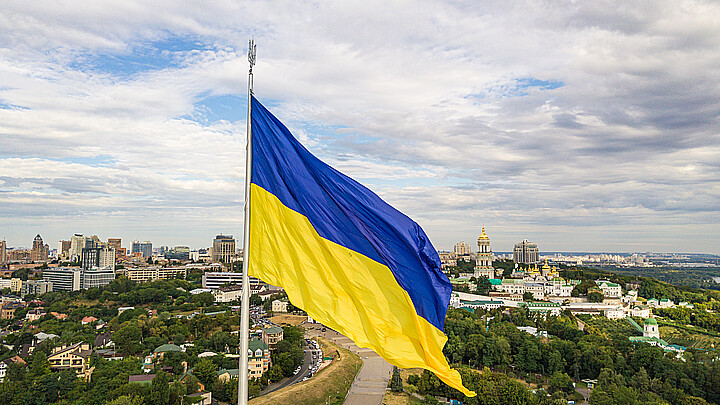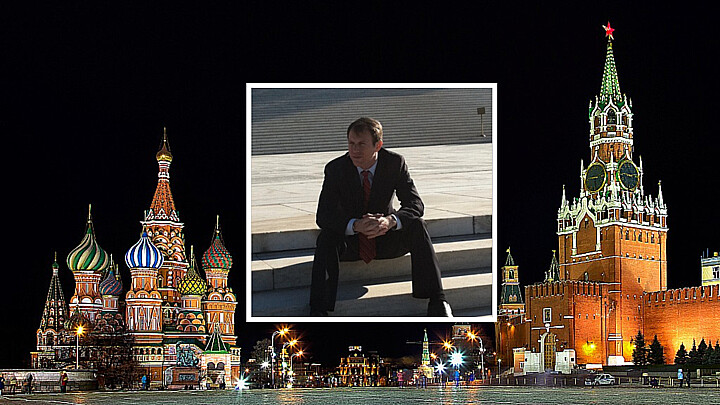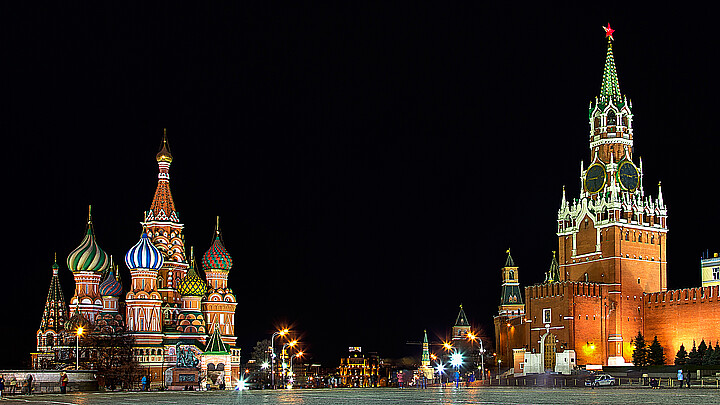Human Rights
Heroic Ukrainian journalist shot in cold blood by Russian soldiers while trying to recover photo drone
Reporters Without Borders (RSF) found that Ukrainian journalist Maks Levin, that went missing in March was “executed in cold blood” by his Russian captors, according to a report published Wednesday
June 24, 2022 8:17am
Updated: June 24, 2022 10:23am
Reporters Without Borders (RSF) found that a Ukrainian journalist that went missing in March was “executed in cold blood” by his Russian captors, according to a report published Wednesday.
Ukrainian police found the bodies of photo-journalist Maks Levin and his friend and bodyguard, the soldier Oleksiy Chernyshov, in a forest 30 kilometers (18 miles) north of Kyiv on April 1 besides a burnt- out car.
Levin, 40, was an experienced Ukrainian freelancer who often collaborated with local news outlets and with international news agency Reuters.
Arnaud Froger, head of RSF’s Investigative Unit, and Patrick Chauvel, a French photographer who worked with Levin in the Donbas earlier this year, went to Ukraine to gather any evidence or clues that would help them reconstruct the sequence of events the day they died.
According to the resulting report, RSF believed that Levin was trying to retrieve his photo drone on Mar. 13, which he had lost in the forest near Moshchun trying to film the Russian invasion’s progress a few days prior. The terrain was hostile, but Levin strongly believed the last photos it had taken were very important.
“He did not succeed,” the press release said grimly. His girlfriend said he became unreachable that evening.
Levin’s burnt car, a Ford Maverick, was found on its side with 14 bullet holes. Their position, along with bullet impacts found in nearby trees, indicate the car was at a stop when the shooting began.
Levin’s body was found around 17 meters (55 feet) from the car wearing a black jacket, glasses and a blue armband that indicated friendlies to Ukrainian troops.
Chernyshov’s body was found face-down with a wound to the head by the open passenger seat, mostly burnt. Reports said he was wearing a military uniform and carrying an AK-47. A gas can, likely from Levin’s car, was found nearby.
RSF also found three Russian trenches at the last crossroads Levin’s car passed through, where they found food packaging, cigarette packs, a Russian military instruction manual, among other evidence of Russian soldiers’ presence.
Based on the evidence, RSF presented two possible scenarios. The first was that the two were ambushed after Levin got out of his car to look for the drone. Russian soldiers in the first trench alerted others further up the road, who stalked them until Levin pulled the car over. The two did not know they were spotted, as Levin was comfortable enough leave the car without his bulletproof vest with the “press label.”
Seeing his blue armband, the hidden Russian soldiers mistook him for a soldier and shot him first. Chernyshov jumped out of his car at the sound of gunshots and was gunned down.
The other was that the two had been captured after firing warning shots at Levin’s car and interrogated.
The RSF report presents evidence that Levin was not a soldier, but an independent journalist gathering footage for news outlets. It acknowledged that Levin may have shown images taken by the drone to Ukrainian forces, but were collected to sell to media outlets he had been working with since the outbreak of the war.









